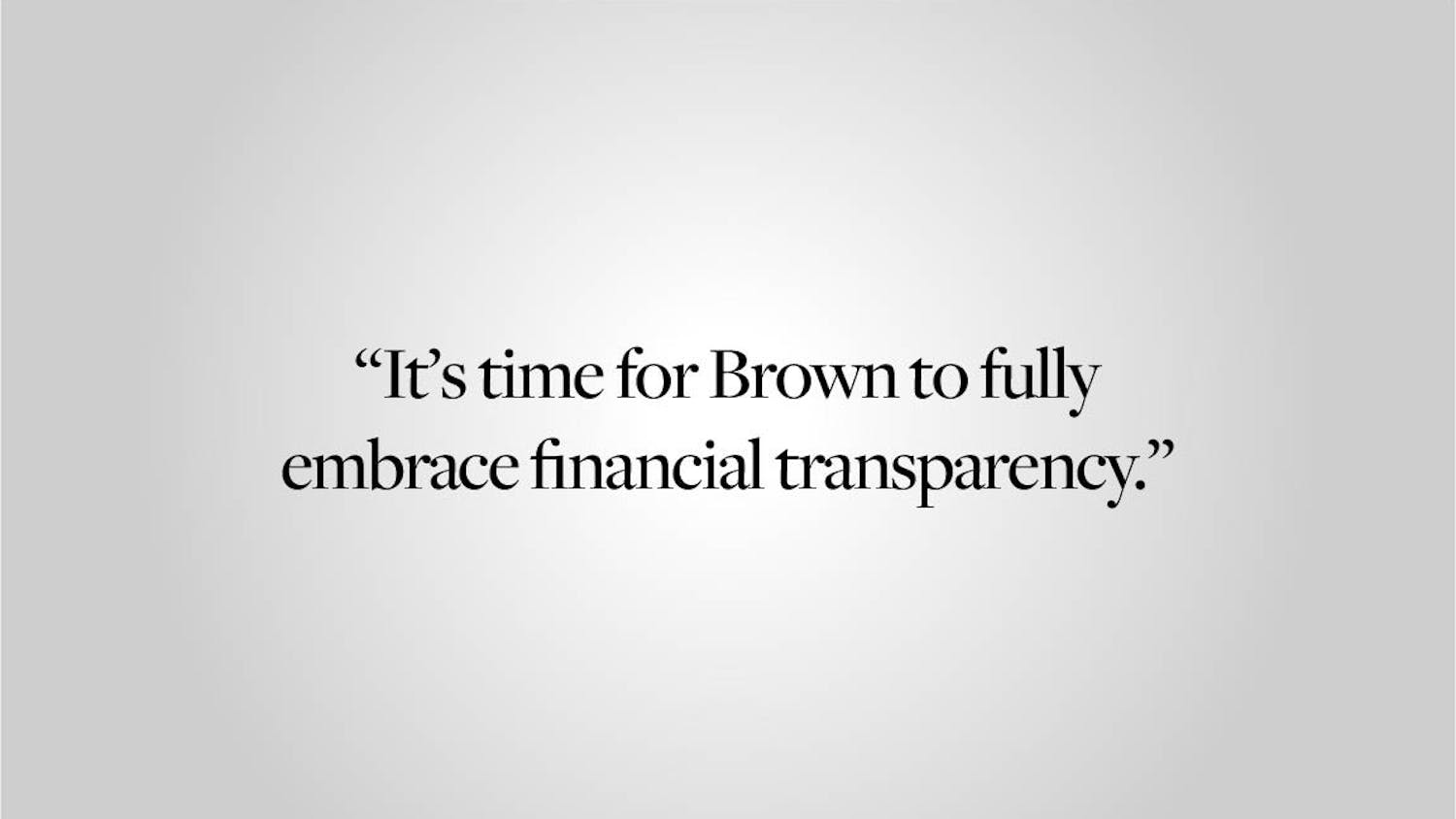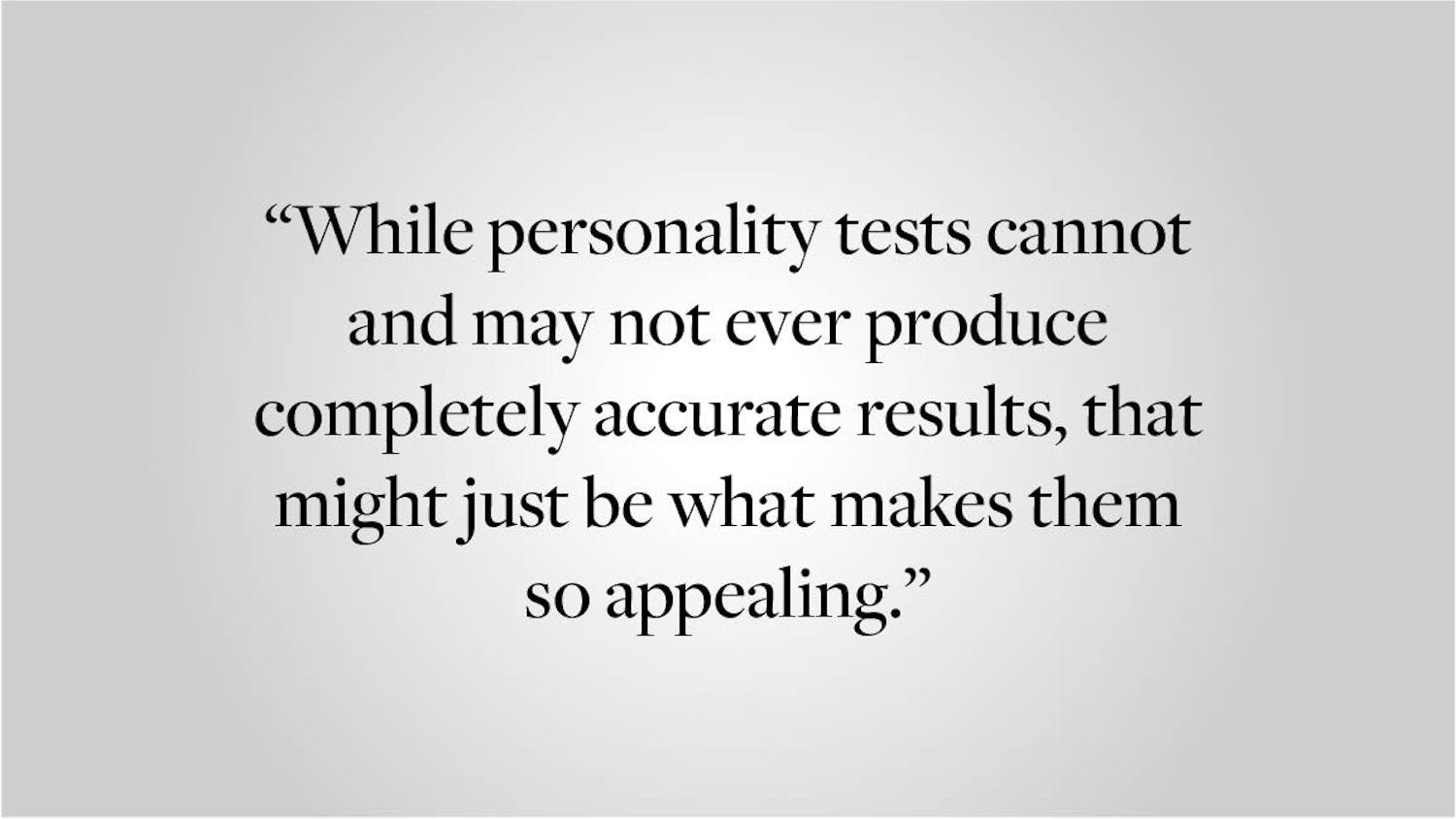We love morally gray characters ŌĆö from Snape in ŌĆ£Harry PotterŌĆØ to Wanda in Marvel movies, viewers and readers have continually gravitated toward those who seem to do clear moral wrong. But why do we love characters who often do awful things?
At 10 a.m. three times a week, I sit down in Professor of English James EganŌĆÖs course ENGL 0100F: ŌĆ£Devils, Demons, Do-Gooders,ŌĆØ where we seek to answer that same question, deconstructing significant characters from ŌĆ£The Tell-Tale HeartŌĆØ by Edgar Allan Poe, ŌĆ£FrankensteinŌĆØ by Mary Shelley, ŌĆ£KindredŌĆØ by Octavia Butler and many other works. In class, we investigate three fundamental questions about the literature we read: What counts as ŌĆ£good,ŌĆØ what counts as ŌĆ£evilŌĆØ and who gets to decide? IŌĆÖve noticed that while some characters hold a twisted view of the world, their unconventional moral code is precisely what makes them so interesting to follow ŌĆö and maybe even root for. Despite engaging in arguably monstrous behavior, these morally gray characters possess a distinct humanity that purely altruistic or immoral characters often lack.
Human beings are flawed. We struggle with pain and sometimes the confusion of not knowing what is right. Real humans rarely act inconceivably evil or wholly in pursuit of the greater good. ThatŌĆÖs why are fascinated by characters in the moral gray area. While some critics that humanizing villains could cause a blurring of morals in the younger generation, they fail to realize that analyzing ambiguous characters does not translate into embodying their values. Literature needs morally ambiguous characters to reflect real-life insecurities about right and wrong. Reading about gray characters is essential, as it can reveal darker attributes of the human condition and cause us to reevaluate: What exactly draws the line between black and white?┬Ā
To me, a morally gray character is someone who lives by a consistent moral code that deviates from social standards of right and wrong. This is a character who feels incredibly human ŌĆö often, someone who tries to do right, fails and falls into bad tendencies. As a reader, you may not necessarily agree with the actions of a morally gray character, but you can see how their past experiences and inner moral compass compelled them toward those choices. ThereŌĆÖs a complexity of thought you can understand even if you canŌĆÖt personally relate to it. A well-written morally gray character makes you think, ŌĆ£I know this is technically not a ŌĆśgoodŌĆÖ thing to do, but given their situation, I get it.ŌĆØ If you were in their shoes, you canŌĆÖt be certain you wouldnŌĆÖt do the same thing.
This is the type of character I am fascinated by. For example, in ŌĆ£,ŌĆØ one of the short stories I read in class, N. K. Jemisin writes of a morally gray protagonist and how she takes revenge on the ŌĆ£vinegar manŌĆØ after he kills her family. Set in an apocalyptic world, JemisinŌĆÖs story follows the nameless girl as she wanders from city to city searching for the vinegar man. To survive, the girl turns into an unapologetic killer, often slaying innocent people to survive one day longer so she could make the vinegar man pay.┬Ā
Someone doing bad things to you does not justify you doing bad things to other people ŌĆö I understand this. Yet, as I read JemisinŌĆÖs short story, I couldnŌĆÖt help but root for the nameless girl in spite of her immoral actions. There is something fascinating about how tragic events in the girlŌĆÖs past transformed her into her present character. I found myself wondering whether I would also grow callous if I were placed in her situation, and if I did, whether there was still a chance for redemption. Through this process of rationalizing her moral ambiguity and relating it to myself, I began to reflect on my own values of justice and family. This reflection is exactly why we must continue analyzing and reading morally gray characters: It makes us more empathetic and self-aware.
According to Boston University researcher Mina Tsay-Vogel, the act of empathizing with complex characters is part of a condition called ŌĆö when we ignore our moral standards and excuse a characterŌĆÖs negative actions so we can enjoy the narrative. But we all morally disengage to different extents ŌĆö and some of us donŌĆÖt at all. Readers who deeply identify with a character, seeing the story through their eyes, morally disengage more easily and are better able to enjoy the storyline instead of casting judgments on negative actions.
Some psychologists that this moral disengagement is dangerous; it can cause readers to make unethical decisions without guilt or self-censure. I disagree. That assertion fails to account for the one thing that makes morally gray characters so appealing ŌĆö their endless potential for discussion. By temporarily disengaging to understand characters from their point of view, readers inevitably explore crucial questions about morality: Are all people redeemable? Do the ends really justify the means? In what ways do our environments change who we are? Seeing the world from the perspective of a morally gray character can give you a deeper sense of what it means to be human. You will recognize how wrongdoers can often be misguided people and learn to avoid the same mistakes. Reading about characters who struggle with situations that lack clear-cut answers can help us work through moral dilemmas in the real world, where not every choice is black or white.
Christina Peng ŌĆÖ26 can be reached at christina_peng@brown.edu. Please send responses to this opinion to letters@browndailyherald.com and other op-eds to opinions@browndailyherald.com.
Editors' Note: A previous version of this column contained a passage with nearly identical language to a Medium by Boston University research, originally written by Lara Ehrlich. These portions have since been revised.




